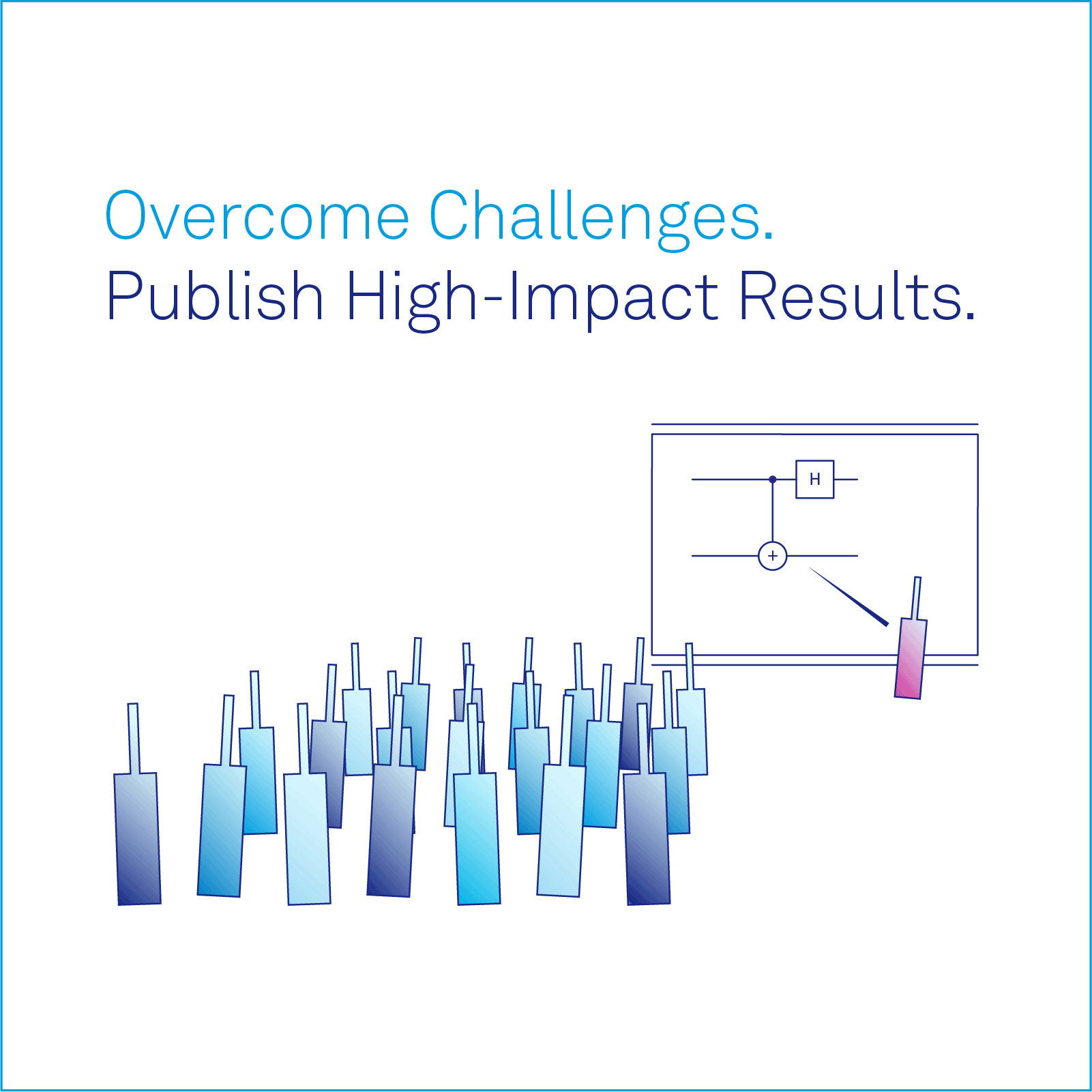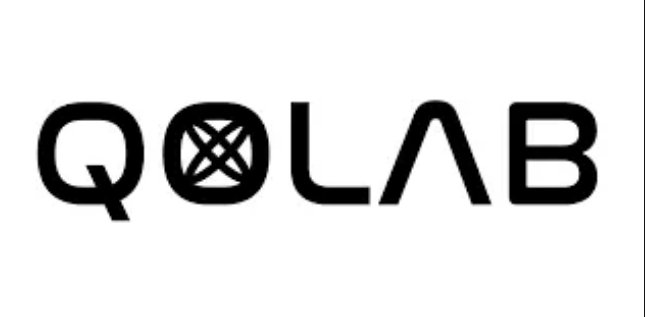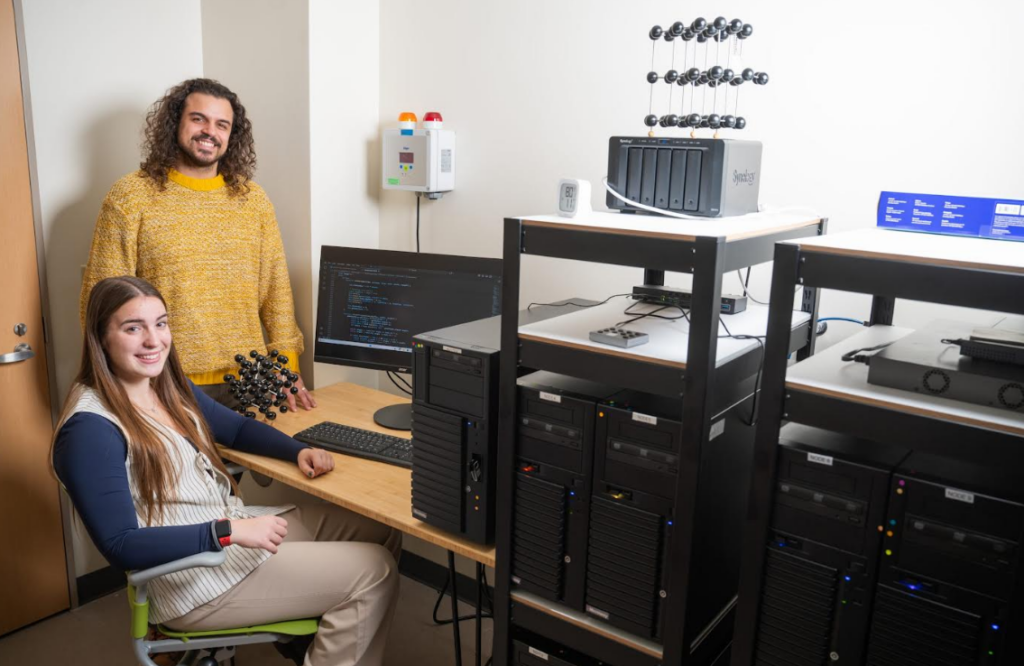Insider Brief
- A Zhejiang University-led team reports integrating an error mitigation technique called zero-noise extrapolation (ZNE) with error correction circuits for logical qubits, reducing residual errors and advancing early fault-tolerant quantum computing.
- The researchers applied ZNE to repetition and surface code circuits on superconducting processors, demonstrating its ability to suppress logical errors and remain effective even in multi-round error correction.
- While promising, the study highlights challenges such as ZNE’s scalability, increased computational costs, and dependence on precise noise modeling, underscoring the need for continued innovations in quantum hardware and methods.
A Zhejiang University-led team reports integrating an error mitigation technique called zero-noise extrapolation (ZNE) with error correction circuits for logical qubits, successfully reducing residual errors, according to a study on arXiv.
By targeting logical qubits — which are error-corrected units essential for scalable quantum systems — the researchers were able to reduce residual errors, even as circuits increased in complexity. The team reports the findings mark an important step in making quantum computing more reliable and practical during the early stages of fault-tolerant quantum computing.
Error Mitigation For Logical Qubits
Quantum computing relies on qubits, which are notoriously fragile and prone to errors from environmental noise. Logical qubits, constructed from multiple physical qubits using error correction codes, are designed to withstand such disruptions. However, even logical qubits are imperfect, and addressing their residual errors is essential for quantum computers to tackle real world problems.

The researchers in this study demonstrated that ZNE — a method originally developed for mitigating errors in physical qubits — can effectively suppress logical errors in quantum error correction circuits. ZNE works by artificially amplifying noise in a quantum circuit and then extrapolating the results to infer the behavior of a noiseless circuit. This technique was applied to circuits using repetition and surface codes, two widely used error correction strategies, the team reports.
The combination of ZNE and error correction resulted in a universal reduction in logical errors across various quantum circuits. The researchers said that the technique remained effective even in multi-round error correction, where circuit depth and complexity increased.
“By integrating error mitigation techniques with error correction, this study demonstrates a practical pathway to bridge the gap between the noisy intermediate-scale quantum (NISQ) era and the fault-tolerant quantum computing (FTQC) era, advancing the pursuit of practical quantum computing technologies,” the researchers write.
Building And Scaling
The researchers focused on logical qubits because these qubits are expected to be the building blocks of fault-tolerant quantum computers that can solve problems that are computationally infeasible for classical systems. In other words, applications in drug discovery, cryptography and optimization will rely on achieving dependable quantum operations — and that, likely, will rely on suppressing errors in logical qubits.
Traditional error correction, while powerful, requires immense resources. Achieving fault tolerance with error correction alone could demand millions of physical qubits per logical qubit. Current quantum processors are far from reaching this scale. By combining error correction with error mitigation techniques like ZNE, researchers can reduce the demands on qubit resources and make quantum computing more practical in the near term.
The findings also suggest the possibilities for scaling ZNE. As the size of the error correction code increases (measured by its “distance”), the logical error rate decreases. This suggests that ZNE can be effectively applied to more complex circuits, making it a viable tool for advancing fault-tolerant quantum computing.
Amplifying Noise to Suppress Errors
The researchers conducted their experiments on state-of-the-art superconducting quantum processors. While not explicitly mentioned in the study, these processors were likely developed in-house in the Micro-Nano Fabrication Centre by the Zhejiang University team or their collaborators in China. These systems, featuring lattices of frequency-tunable qubits, are among the most advanced platforms for testing error correction and mitigation techniques.
As mentioned, but for more depth: the team amplified noise in physical qubits by controllable factors and measured the resulting circuit outcomes. By analyzing how these outcomes changed with noise strength, they extrapolated the behavior of the circuit in the absence of noise. This approach relies on the assumption that the relationship between noise strength and circuit behavior can be modeled with simple polynomial functions—a hypothesis validated by the study’s experiments.
The team applied ZNE to both repetition codes, which protect logical qubits from bit-flip errors, and surface codes, which correct both bit-flip and phase-flip errors. In repetition code circuits with up to 13 qubits, the researchers observed significant error reduction. In surface code circuits, they demonstrated the method’s effectiveness in correcting both types of errors, which also demonstrates the versatility of ZNE.
Overcoming Challenges in Logical Error Mitigation
The study addressed several challenges associated with implementing ZNE in logical qubits. Accurate error mitigation requires precise noise modeling and additional computational resources to measure circuit outcomes at multiple noise levels. These requirements can be time-intensive, particularly for larger circuits.
Another challenge is the scalability of error mitigation. As circuit complexity grows, the cumulative effect of errors increases, potentially overwhelming mitigation techniques. However, the researchers found that ZNE remains effective when applied to logical qubits with low logical error rates — achievable by using high-quality error correction codes and state-of-the-art qubit hardware.
The study also demonstrated that ZNE’s performance does not degrade significantly in multi-round error correction circuits, which are essential for practical fault-tolerant quantum computing. This robustness makes ZNE a promising candidate for integration into future quantum computing systems.
Future Directions: Toward Reliable Quantum Systems
The team acknowledged several limitations that must be addressed before zero-noise extrapolation (ZNE) and error correction can be widely adopted for scalable quantum computing. A key challenge rests in the scalability of ZNE itself. While the technique effectively mitigates errors in circuits of modest size, its performance diminishes as the complexity of circuits grows. This is particularly true when the cumulative product of error rates and the number of quantum gates becomes significant, leading to inefficiencies in error suppression.
Another hurdle is the increased computational cost of ZNE. The method requires measuring circuit outcomes at multiple noise levels to extrapolate a noiseless result, which significantly raises the sampling overhead. For larger or deeper circuits, this added cost could become a bottleneck, particularly when running experiments on resource-constrained quantum hardware.
The approach also depends heavily on precise noise modeling. If the noise behavior of a quantum processor is not accurately characterized, the effectiveness of ZNE diminishes. This reliance on robust noise calibration underscores the need for continued advancements in quantum hardware and measurement techniques.
The researchers report that, while their methods achieved significant error reduction, residual errors remained. Even with the integration of ZNE, small imperfections in error correction codes and hardware fidelity left room for improvement. These residuals, though small, underline the challenges of achieving error-free logical operations.
While the study focused on repetition and surface codes, applying the methods to more complex error correction protocols or systems with higher baseline error rates may require additional innovations.
The findings — and the limitations faced by the scientists– point to several avenues for future research. One key area is optimizing the integration of ZNE with other error mitigation techniques, such as probabilistic error cancellation, to further enhance reliability. Another focus is extending these methods to other types of quantum processors, such as trapped ions and photonic systems, to validate their broad applicability.
The scalability of ZNE also invites exploration into its use in advanced fault-tolerant protocols. Techniques like lattice surgery, which enable scalable quantum operations, could benefit from the integration of ZNE to improve precision and reduce resource requirements.
The paper is quite technical and can provide deeper insight that this summary article cannot provide. You can access it here. It’s important to note that researchers often post studies on arXiv to gain timely feedback, however, they have not been officially peer-reviewed.
















